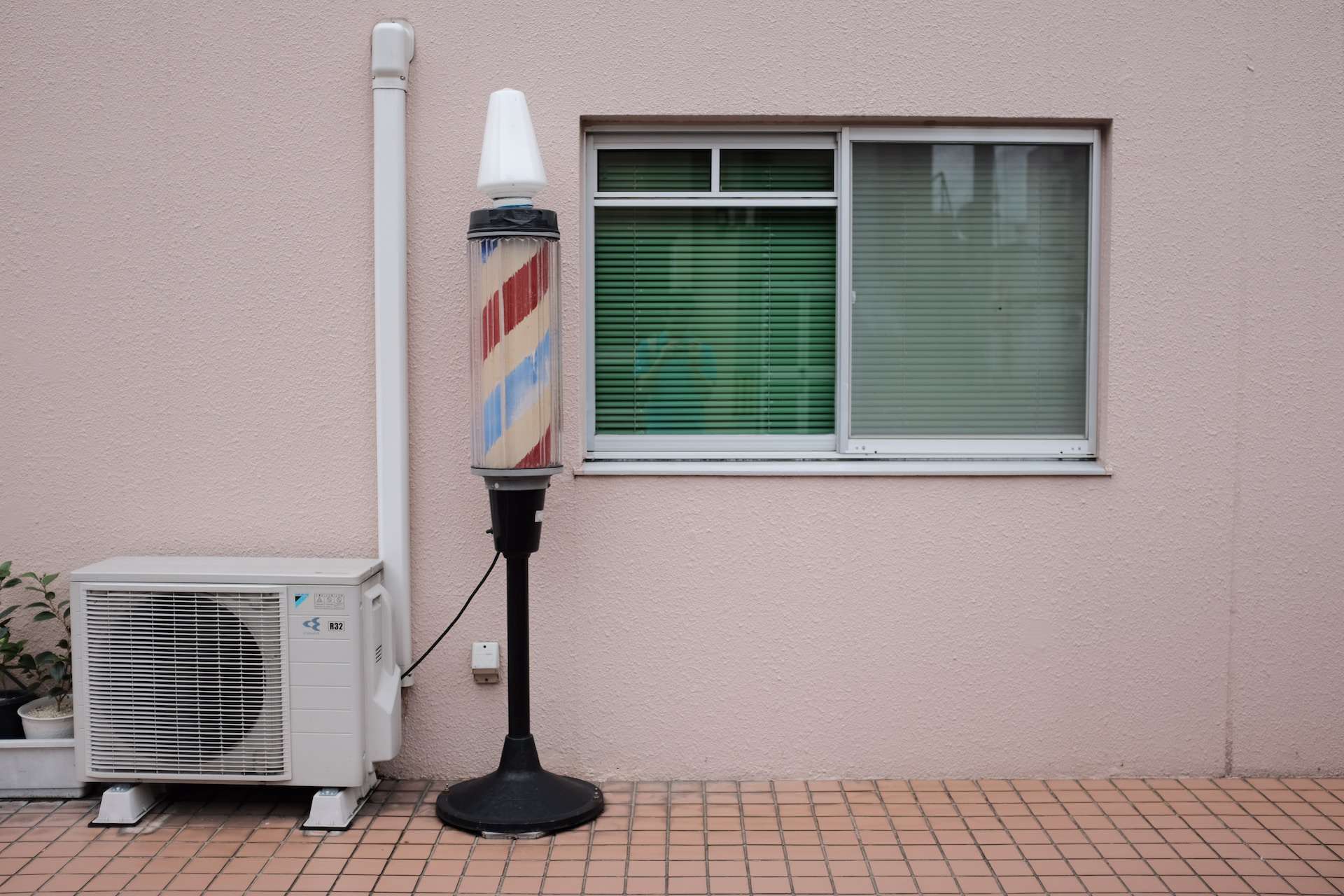Indoor air pollution is a hidden health hazard that affects everyone, regardless of age, gender, or socio-economic status. It is a serious problem that has far-reaching consequences on people’s health and well-being, yet it often goes unnoticed and unaddressed. The World Health Organization estimates that up to 4.3 million deaths occur annually due to exposure to indoor air pollution. The situation is particularly dire in developing countries, where people rely on traditional methods of cooking and heating that emit harmful indoor pollutants such as carbon monoxide, nitrogen oxides, and particulate matter.
The problem is not limited to developing countries alone. Even in developed countries, indoor air pollution poses a significant risk, especially to vulnerable groups such as children, the elderly, and people with respiratory and cardiovascular diseases. This is the reason why you need to consider furnace filters 20x25x4 when shopping for your heating system. Furnace filters act as a barrier to harmful particles and can help improve indoor air quality.
Identifying Sources of Indoor Air Pollution
Indoor air pollution is a serious issue that can have a variety of negative effects on human health. To successfully reduce the hazards, it is crucial to pinpoint the sources of indoor air pollution. There are numerous biological, chemical, and physical elements that can cause indoor air pollution. Cooking odors, mildew and moisture, tobacco smoke, cleaning supplies, and construction materials are some of the most prevalent contributors of indoor air pollution.
In addition, pets, high humidity, and inadequate ventilation can also contribute to indoor air pollution. The key to enhancing indoor air quality and lowering the resulting health risks is locating these sources. Understanding the causes of indoor air pollution allows us to take the correct precautions to stop and manage it, such as utilizing natural products, regular cleaning, and good ventilation.
Establishing Best Practices for Monitoring and Reduction
It is crucial to establish best practices for monitoring and reducing indoor air pollution in order to protect the health of building occupants. One way to monitor air quality is through the use of air quality monitors, which can detect a variety of pollutants, such as particulate matter and volatile organic compounds. Regular testing and evaluation of the data can help to identify sources of pollution and determine effective methods of reduction.
Additionally, implementing measures such as proper ventilation, regular cleaning and maintenance of HVAC systems, and the use of non-toxic cleaning products and materials can help to reduce indoor air pollution. Training building occupants on indoor air quality and encouraging proper behavior, such as not smoking indoors and using proper storage for chemicals, can also contribute to healthy indoor air. It is crucial to establish a comprehensive plan for monitoring and reduction of indoor air pollution to ensure the health and safety of all occupants within the building.
Implementing Solutions to Reduce Air Pollution
One of the most effective ways to reduce indoor air pollution is by implementing solutions that target the source of pollution. This can include upgrading ventilation systems to bring in more fresh air and using air purifiers with HEPA filters to capture harmful particles. Another solution is to replace or remove sources of pollution altogether, such as replacing old carpets that can trap allergens and pollutants or eliminating the use of chemical cleaning products in favor of natural alternatives.
Additionally, regular maintenance of heating and cooling systems and air ducts can help prevent the buildup and spread of pollutants. By implementing these solutions, we can significantly reduce the levels of indoor air pollution and create a healthier environment for ourselves and those around us.
In Conclusion
Indoor air pollution poses a significant threat to our health, and its effects on our well-being cannot be ignored. With the rise of modern building materials and lifestyle choices that reduce ventilation and air exchange, indoor air quality has become a growing concern. It is essential that we take steps to mitigate the risks associated with indoor air pollution by investing in air quality monitoring, using natural cleaning products, and improving indoor ventilation. By taking these measures, we can ensure a healthier and safer indoor environment for ourselves and our loved ones.
